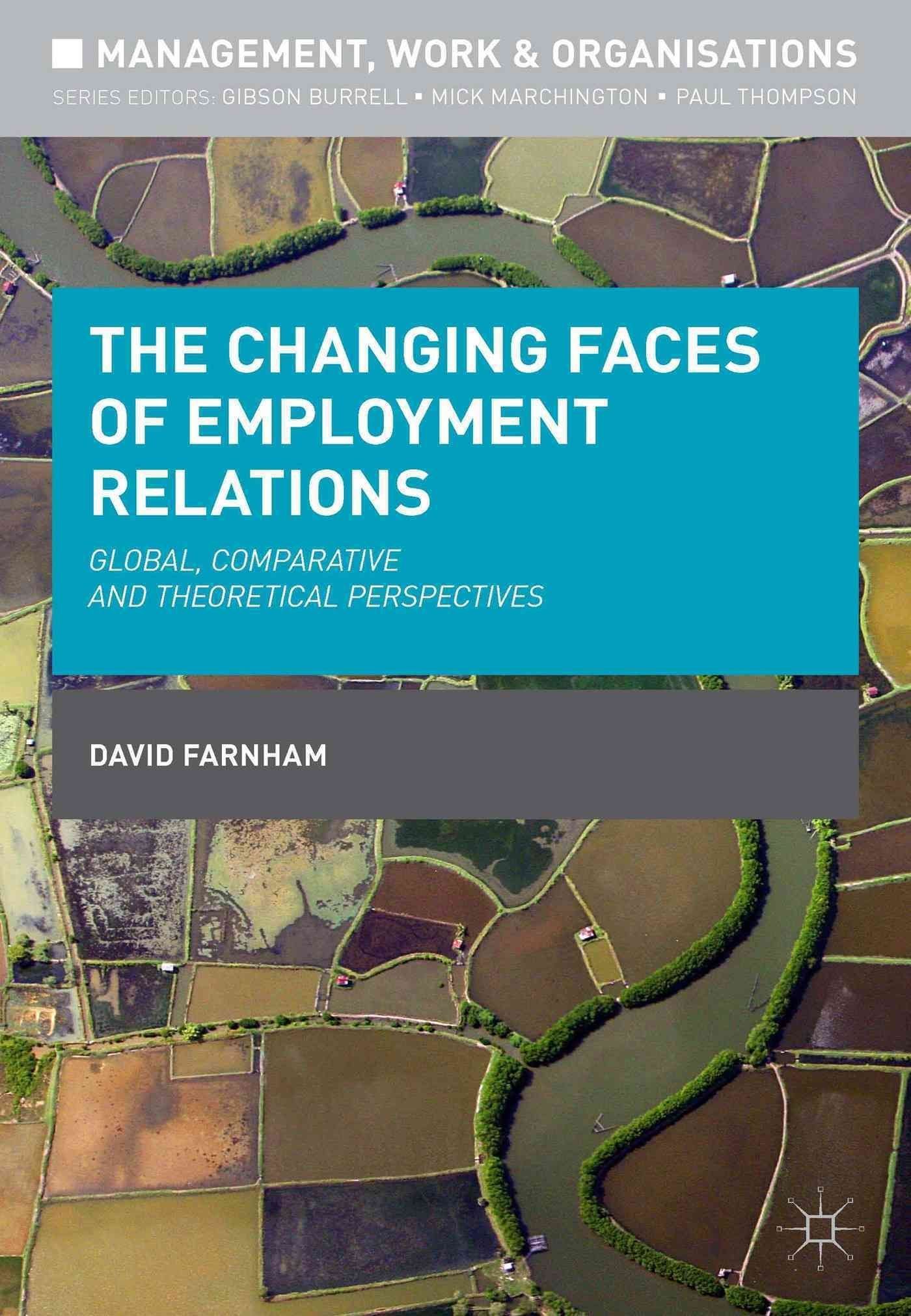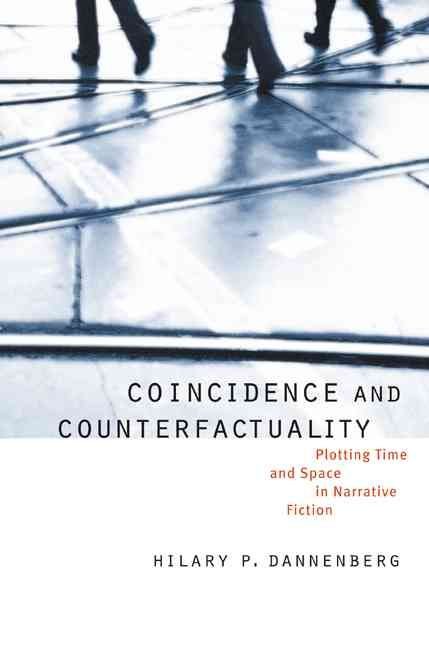The old certainties and structures of employment relations no longer exist. Compared with the ‘golden age’ of labour in the mid-twentieth century, work and employment are more precarious, employers are increasingly hostile to trade union negotiations, and the share of wages in national income is falling. Large-scale employers, in turn, are using sophisticated people-management techniques to motivate workers with person-centred, performance-driven and reward-based processes. Drawing on a range of international data, this comparative text demonstrates that whilst employment relations phenomena are nationally embedded, international market forces are compelling employers to compete in product markets by reducing labour costs, terms and conditions of employment, and job security for their workforces. In an age of transnational globalisation and free-market national economic policies, this textbook provides penetrating cross-national, cross-disciplinary and theoretical analyses of the changing structures of employment relations around the world. Key benefits: ? Provides critical analyses of changing patterns of employment relations in the early twenty-first century, drawing upon global, comparative and theoretical perspectives. ? Examines the changing faces of the subject in terms of academic disciplines, methodological underpinnings, and institutional, cultural and historic settings. ? Integrates industrial relations literature with recent studies of the HRM paradigm.












